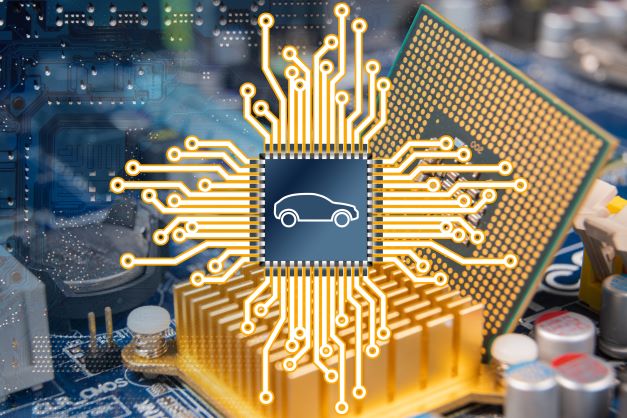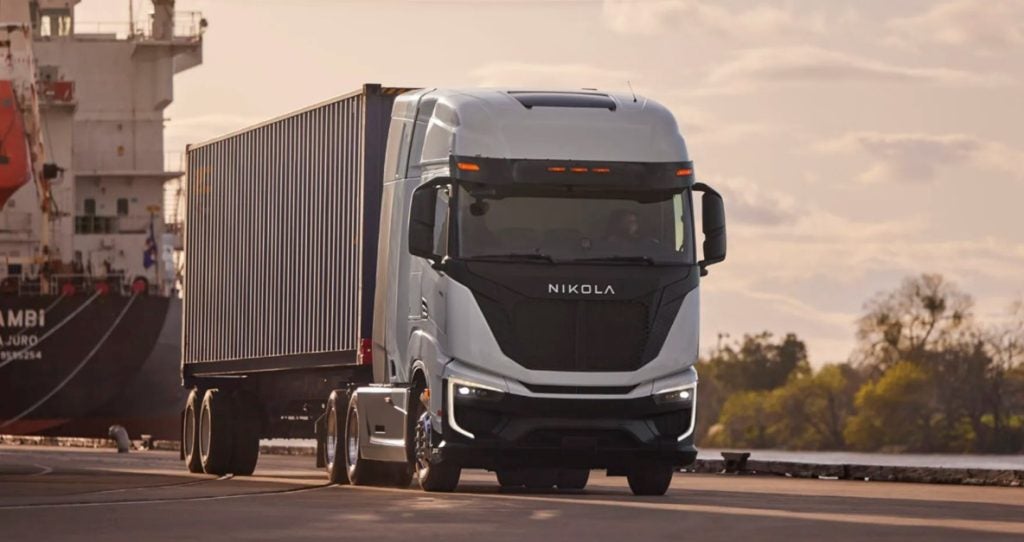GlobalData offers a comprehensive analysis of Volkswagen, providing key insights into its Environmental, Social, and Governance(ESG) factors. By closely monitoring and aggregating mentions of climate change and associated ESG keywords, GlobalData delivers valuable information on Volkswagen‘s ESG performance. GlobalData’s company profile on Volkswagen offers a 360-degree view of the company, SWOT analysis, key financials, and business strategy including insights on ESG implementation among other information. Buy the report here.
Volkswagen has set decarbonization targets for its operations and aims to achieve carbon neutrality by 2050, as revealed in its Sustainability Report 2022. Volkswagen's latest filings mentioned the keywords 'Emissions' and 'Circular Economy' most number of times in relation to 'Climate change'.
The company has specific goals related to scope 1, scope 2, and scope 3 emissions, which include reducing emissions from its own operations, its energy suppliers, and its supply chain. As of 2022, the company reported its Scope 1 emissions at 2.02 million metric tons of CO₂ and Scope 2 emissions at 0.11 million metric tons of CO₂. Its Scope 3 emissions was reported at 395.62 million metric tons of CO₂. Volkswagen has taken steps to reduce emissions, including implementing a responsible supply chain system and conducting sustainability training for employees and suppliers.
Volkswagen aims to become a net carbon-neutral company by 2030. To achieve this, the company is planning offset action together with carbon reduction measures and switching to renewable energies. Volkswagen is working towards a 50.4% reduction in production-related CO2 emissions by 2030. Through CO2 reductions, the company want to emit 30% less CO2 on average
per vehicle (passenger cars and light commercial vehicles) over the entire life cycle than in 2018.
In conclusion, the Volkswagen Group is implementing a comprehensive decarbonization program to achieve its target of net carbon neutrality. The program includes the whole life cycle of the vehicles and is characterized by a clear hierarchy of measures: The top priority is measures with which CO2 emissions can be avoided or reduced. In second place, there is shift in the energy supply in all steps of the value chain to renewable energy.










